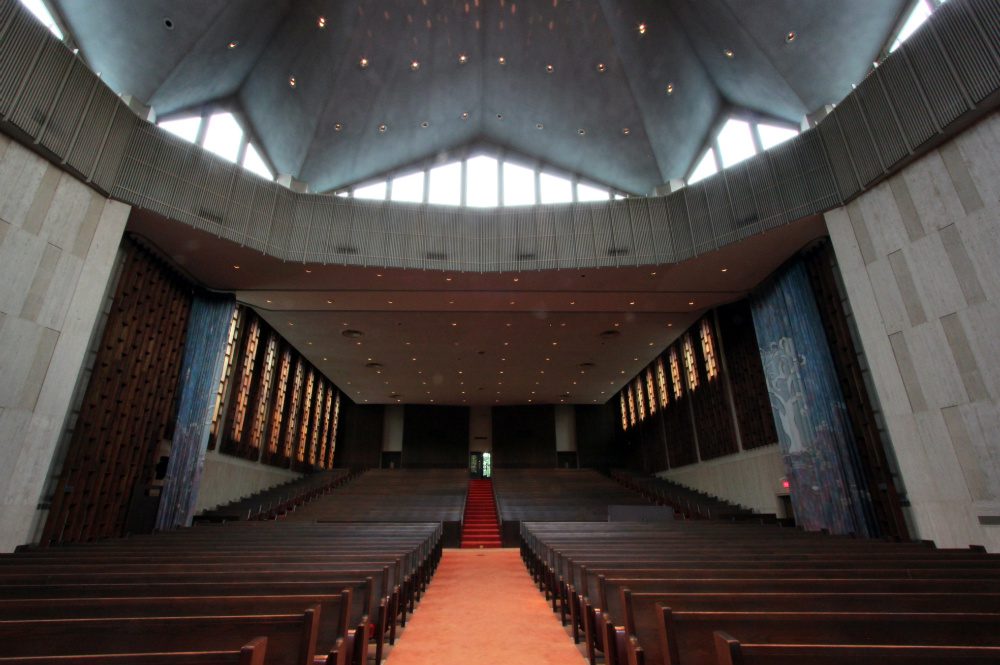Temple Emanu-El-Beth Sholom invests in new intimate, interactive technology that enables accessibility and inclusion for all.

Monday night September 6 marks the beginning of Rosh Hashanah, and Temple Emanu-El-Beth Sholom is looking forward to opening its doors both in person and online. Last year, Temple welcomed over 5,500 people globally to their online Kol Nidre service, the most sacred night on the Jewish calendar, creating community and connection in challenging times. This year, with the help of new technology, Temple will be able to be even more inclusive. Founded in 1882, this is Temple’s 140th High Holy Day season, and Montreal’s only Reform synagogue continues to live timeless values in timely ways.
While Temple has always extended a welcome beyond its Westmount postal code (including a docent program introducing thousands of people to Judaism each year), they have upped the ante with their newly installed, state-of-the-art, multi-access $100,000.00 technology project. This hybrid model enables an intimate, interactive experience that is accessible to all, as we continue to navigate Covid and different comfort levels, vulnerabilities, and needs.
This installation – thanks to the generosity of the Maurice Pollack Foundation and Temple members – boasts a high-quality, multi-camera livestream that can be broadcast to multiple platforms. There is also the ability for two-way communication, so people can participate in the service from home, while being seen and heard in the sanctuary. Recent services have used the technology to include participants from Alabama to Israel. Another way this technology increases accessibility is by including prayers and sermons on the screen in the sanctuary in both English and French, helping both those with hearing impairment and anyone for whom English is a second language.
“Temple has always been modelled after Abraham and Sarah’s open tent, which welcomed people from all directions,” says Rabbi Lisa Grushcow. “We are bringing that vision into our contemporary reality with this new technology, to keep our community connected, safe and strong. May the new year be a good one for us all!”
Though the pivot to online services and programs was a COVID-19 necessity, as Rabbi Esther L. Lederman of the URJ noted in a recent article, ”what we have learned in this past year may just be what moves us into a richer connection to each other and our vision for our future”.

